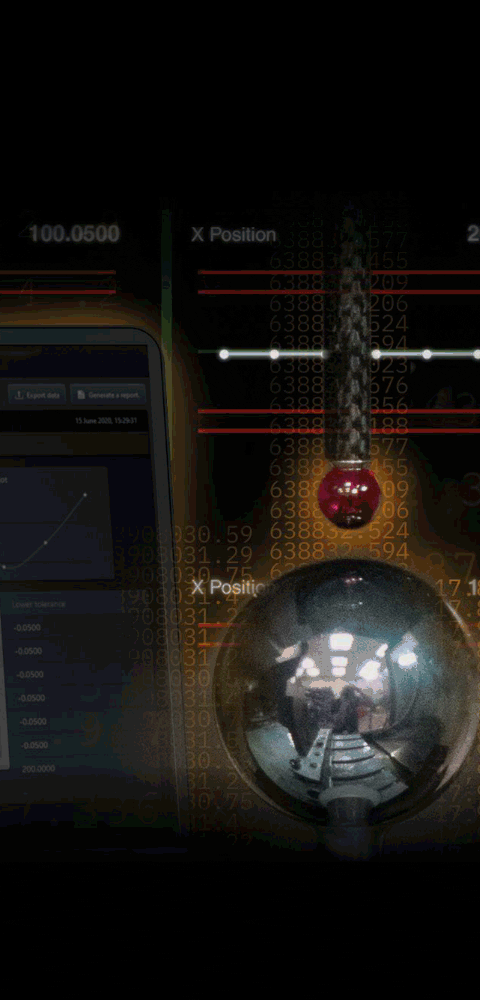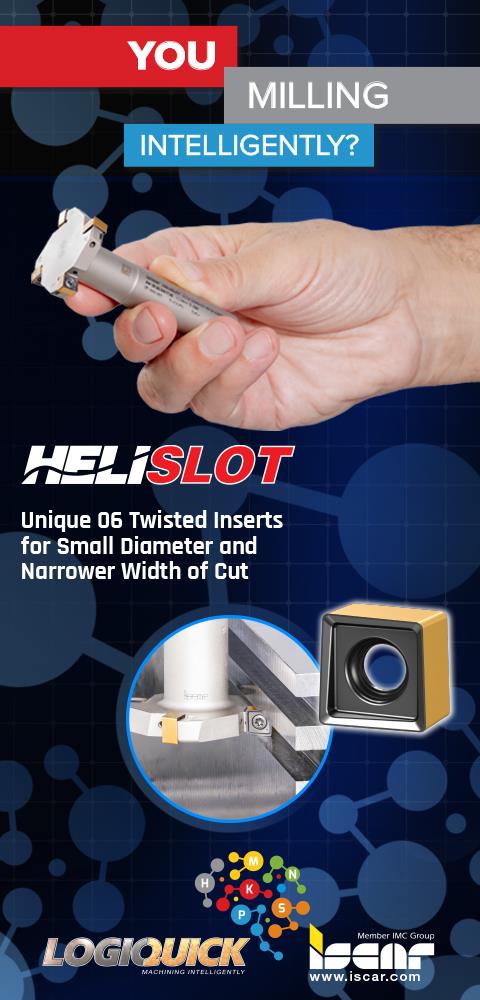








Soft Chuck Jaws for Finish Machining
September 1, 2018
SCHUNK UVB-HS soft chuck jaws for lathes feature a combination of overheight and angle cutting for greater efficiency during finish machining of workpieces.
"The unusual jaw height allows for a larger clamping surface on the workpiece, which reduces deformation," said a company spokesperson. "Alternatively, the distance between the workpiece and chuck face can be increased, optimizing accessibility. In comparison to conventional monoblock jaws, SCHUNK UVB-HS reduces the jaw weight up to 20%, depending on the size. This increases energy efficiency and shortens the processing time, since the lathe chuck can be accelerated and braked faster. At the same time, the reduced jaw centrifugal force allows for higher holding forces on the workpiece, which means increased process reliability."
Angle cutting minimizes the danger of collisions with the turret and improves the fluid dynamics during machining. At high speeds, SCHUNK UVB-HS chuck jaws lower noise emissions by up to 10 dB, which halves the level of the perceived noise. Since significantly lower cooling lubricant is swirled around the machining area, it is easier to see the machining process. This also lowers the amount of aerosols in the air when the machine is opened.
The monoblock jaws with angle cutting are available for wedge bar lathe chucks with straight serration in sizes 200, 250/260 and 315 and can be turned individually to the desired diameter.
For more information contact:
SCHUNK Inc.
211 Kitty Hawk Drive
Morrisville, NC 27560
919-572-2705
info@us.schunk.com
www.us.schunk.com
< back